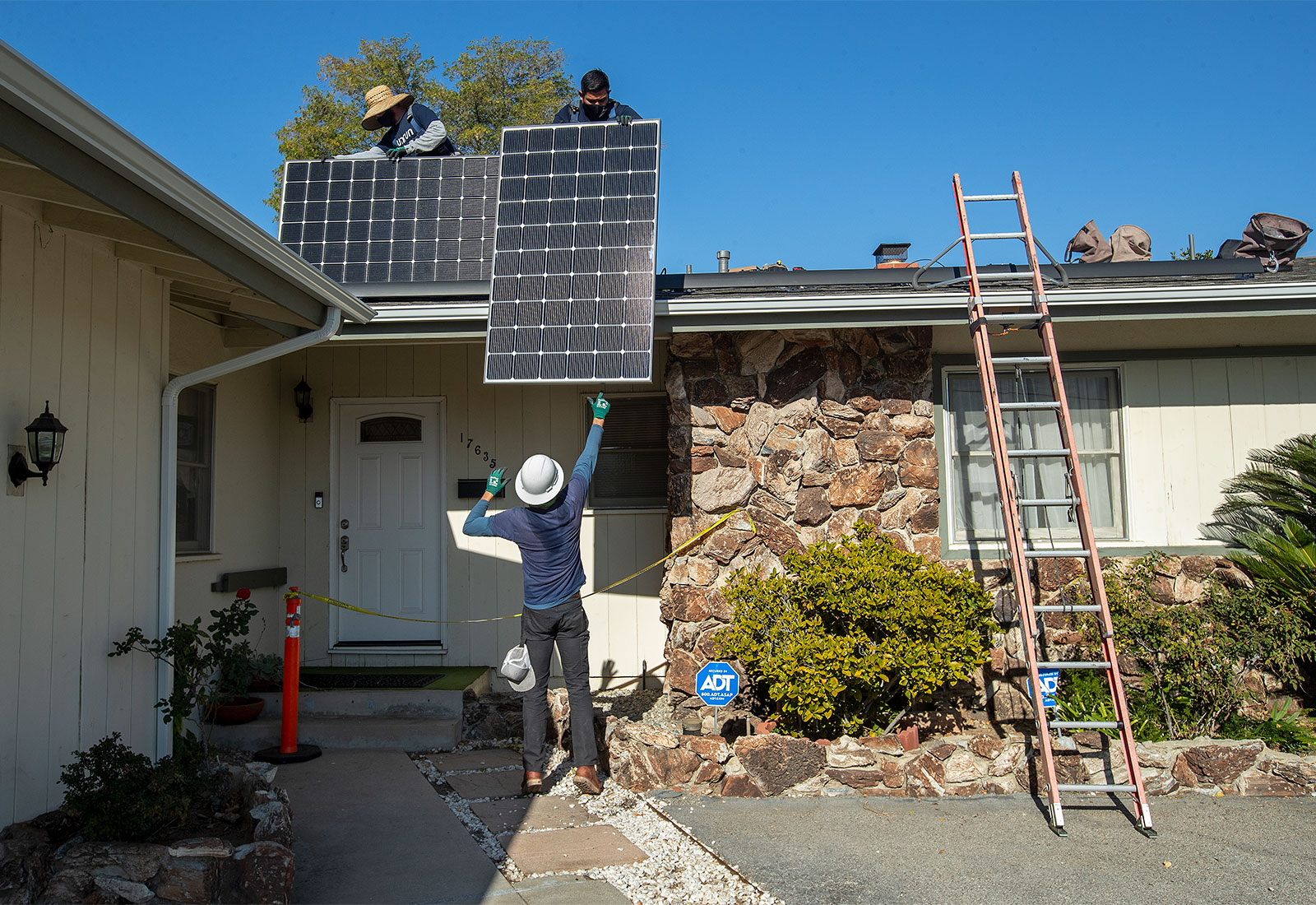Nine cities — Los Angeles, San Diego, Las Vegas, Honolulu, San Antonio, New York, Phoenix, San Jose, and Albuquerque — now have the collective capacity to generate nearly 3.5 gigawatts of power through solar, more than the entire country did a decade ago, according to a new report.
Los Angeles is leading the way with the most solar capacity of any city, but Honolulu has by far the most solar capacity per capita.
Across the country, solar has been expanding rapidly. The U.S. now has enough solar panels to generate 121.4 gigawatts of power — enough to power more than 23 million homes.
To quantify where this growth is happening and where it can be accelerated, researchers with the Frontier Group and the Environment America Research & Policy Center tallied the power capacity of rooftop solar panels and utility-scale solar installations within the 56 largest cities in the U.S.
“America’s major cities have played a key role in the clean energy revolution and stand to reap tremendous benefits from solar energy,” the researchers wrote. “As population centers, they are major sources of electricity demand and, with millions of rooftops suitable for solar panels, they have the potential to be major sources of clean energy production as well.”
Los Angeles, San Diego, and Las Vegas received top marks for total solar capacity. Researchers also noted that, since they began compiling this annual report eight years ago, 15 cities have recorded a tenfold increase in their total solar capacity.
When researchers took the population of each city into account, they found that Honolulu had the ability to generate almost twice as much solar power per capita compared to its closest competitor, Las Vegas. San Diego ranked third.
In order to meet climate goals, the U.S. must replace fossil fuels with renewable energy sources — such as solar — and also generate much more power so that we can electrify the transportation sector, homes and other buildings, and more. While solar has grown dramatically, challenges remain.
A recent report by InfluenceMap, a London-based think tank, found that nearly half of the U.S.’s 25 largest investor-owned power utilities are working to delay the transition away from fossil fuels. In some places, like in the Midwest, local communities are pushing back against large solar farms. Bureaucratic and logistical hurdles are slowing the pace at which we can connect utility-scale renewables to the electrical grid.
In addition to tracking the rise of solar power across the country, the report by the Frontier Group and the Environment America Research & Policy Center also includes actions that can be taken at the local, state, and federal level to accelerate the clean energy transition. Among them: streamlining the permitting process, expanding access to solar for people who live in apartments and low-income residents through community solar projects, implementing net metering policies, providing financial incentives through rebates, tax credits, and other means, and supporting research and development.
“To continue America’s progress toward renewable energy, cities, states and the federal government should adopt strong policies to make it easy and affordable for homeowners, businesses and utilities to ‘go solar,’” researchers wrote.



